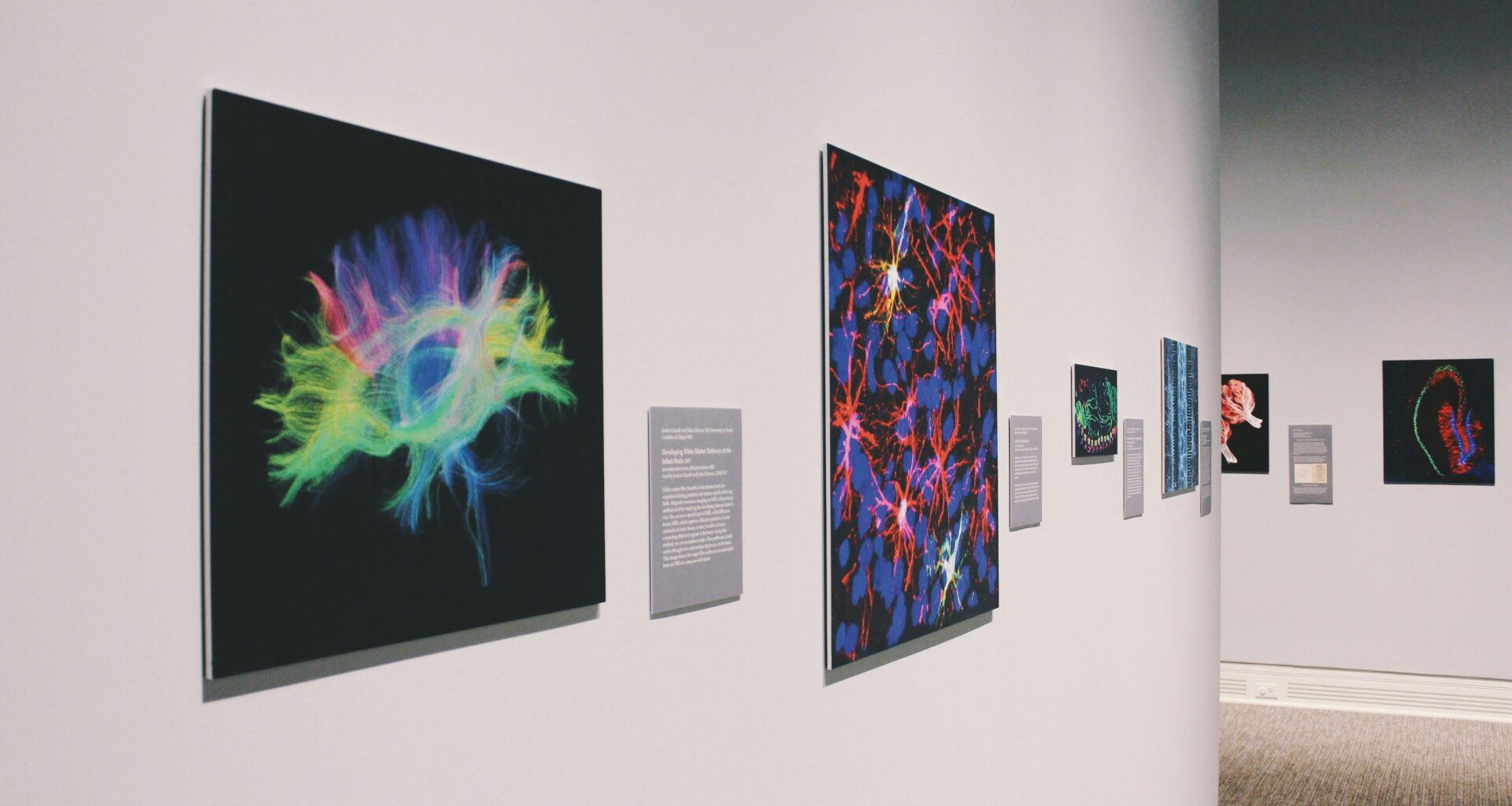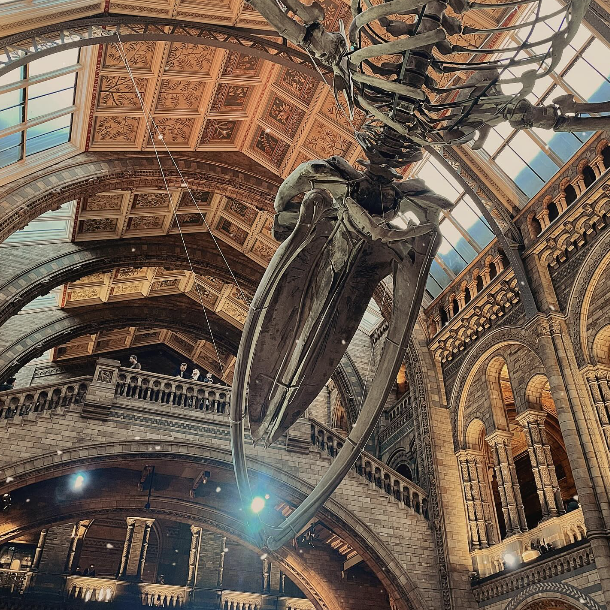It was a drizzly Tuesday on the M25 when I found myself hesitating at the wheel, debating whether to speed up and risk a fine or crawl along and miss my train. Why do we flirt with danger—sometimes in tiny ways, sometimes with full-throttle abandon? At the heart of every gamble, big or small, lies an intricate dance in our brains, balancing the thrill of possible gains against the sting of potential losses.
The Brain’s Balancing Act
Deep inside your skull, ancient and modern circuits tussle. The limbic system—nature’s original thrill seeker—lights up for comfort, excitement, anything that feels rewarding. Meanwhile, the prefrontal cortex, our more sensible neighbour, pipes up with planning, foreseeing, “Is this really worth it?” Neuroscientists have recently trained mice to choose between predictable treats and wildly varying rewards. They discovered two distinct groups of neurons: one tuned into outcomes better than average, another keyed to those worse than average. Together, these cells map out not just a simple “good or bad” but the entire spectrum of what might happen. It’s as though our brains run a mini Monte Carlo simulation every time we weigh a decision.
Long before we even consciously register a choice, electrical signals flicker in what researchers call a “readiness potential.” Benjamin Libet’s pioneering work in the 1980s showed this preparatory activity can begin around half a second before we’re aware of deciding. That doesn’t erase free will, but it does reveal how much of our “choice” is pre-assembled in the subconscious.
The Thrill of the Unknown
Why do some of us crave novelty? Dopamine, the so-called feel-good neurotransmitter, surges with every new or uncertain outcome, nudging us toward risk. Studies in psychology point to a subset of delight-seekers whose brains are extra sensitive to dopamine. These folks might chase roller-coaster rides, spicy curry challenges, or career gambles that would make the rest of us sweat. And often, that buzz serves more than mere fun—it can stave off boredom or the blues, injecting a dose of mental excitement that feels almost necessary.
Social factors sprint alongside biology. Peer influence can tip the scales; it isn’t just teenagers jumping off rooftops at a dare. Adults, too, sometimes chase approval, whether at the pub quiz or the office pitch. Overconfidence can sneak in—after all, experience teaches us what worked before, and we start believing we can beat the odds once again.
Buying lottery tickets is just one of many ways people balance small risks for the potential of a big reward. In the UK, almost two-thirds of adults buy into the dream of a winning the Lottery numbers draw. We don’t usually lament a couple of quid spent; it’s entertainment, hope, and a chance to muse about life after a lottery win.
Finding Your Comfort Zone
So, how do we make peace with our inner gambler? Awareness is a start. Noticing that familiar pitter-patter of excitement before you click “bid” on that online auction. Reflecting on whether that next job application is a strategic stretch or a leap off a cliff. Understanding that our brains, beautifully flawed, are wired to seek reward even at some cost can help us set limits—without sucking the fun out of life.
What’s the biggest chance you’ve ever taken, and did it pay off? Share your story in the comments below.




